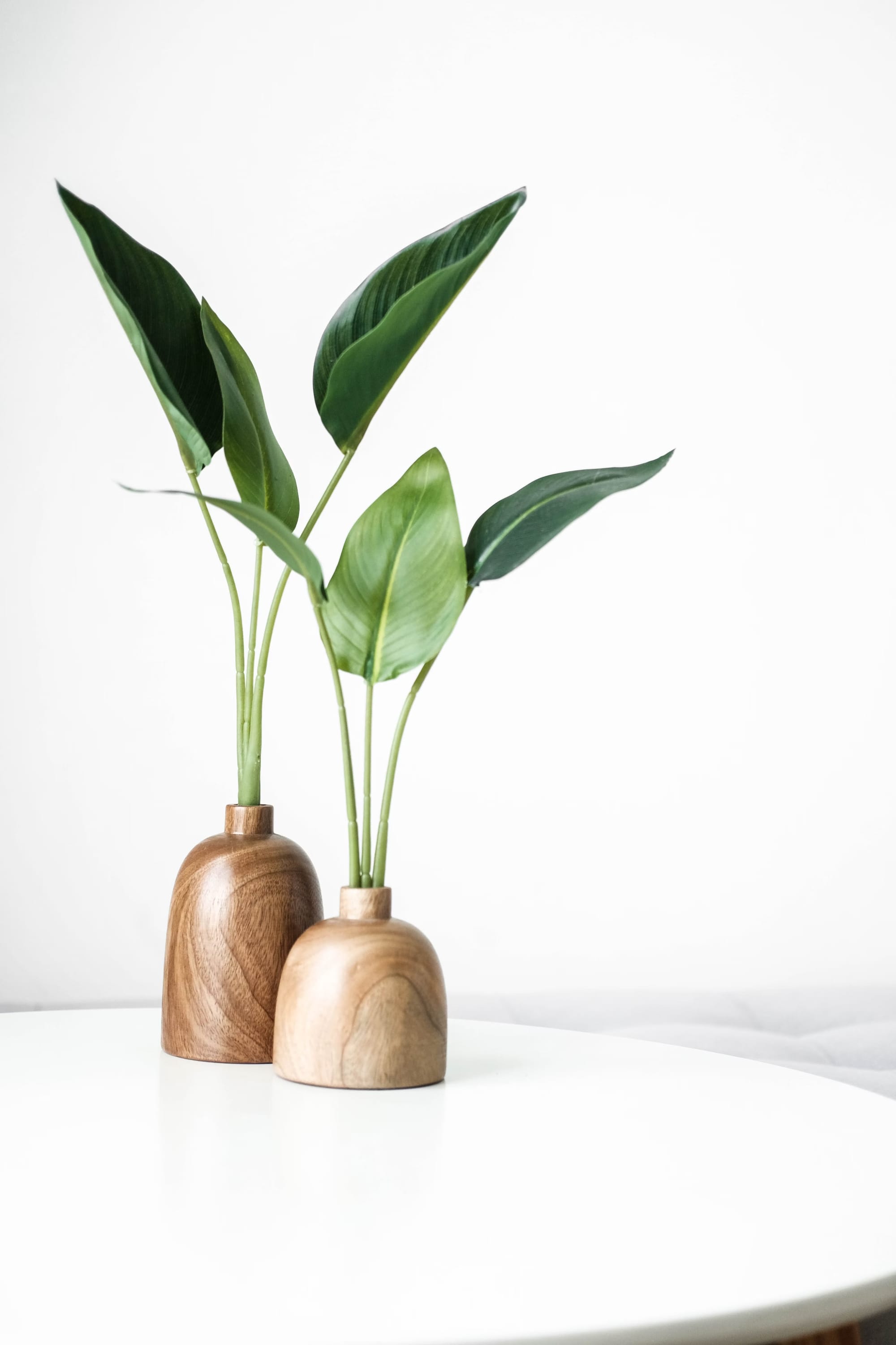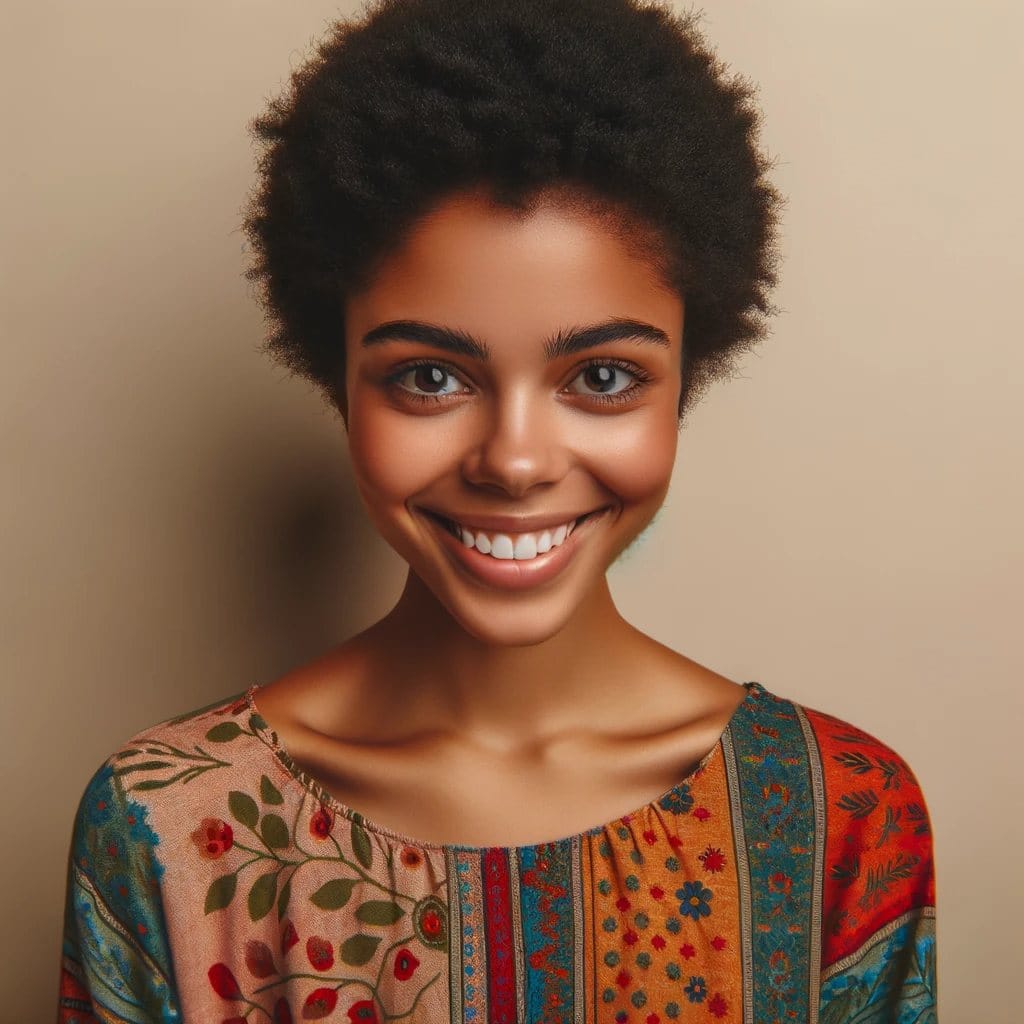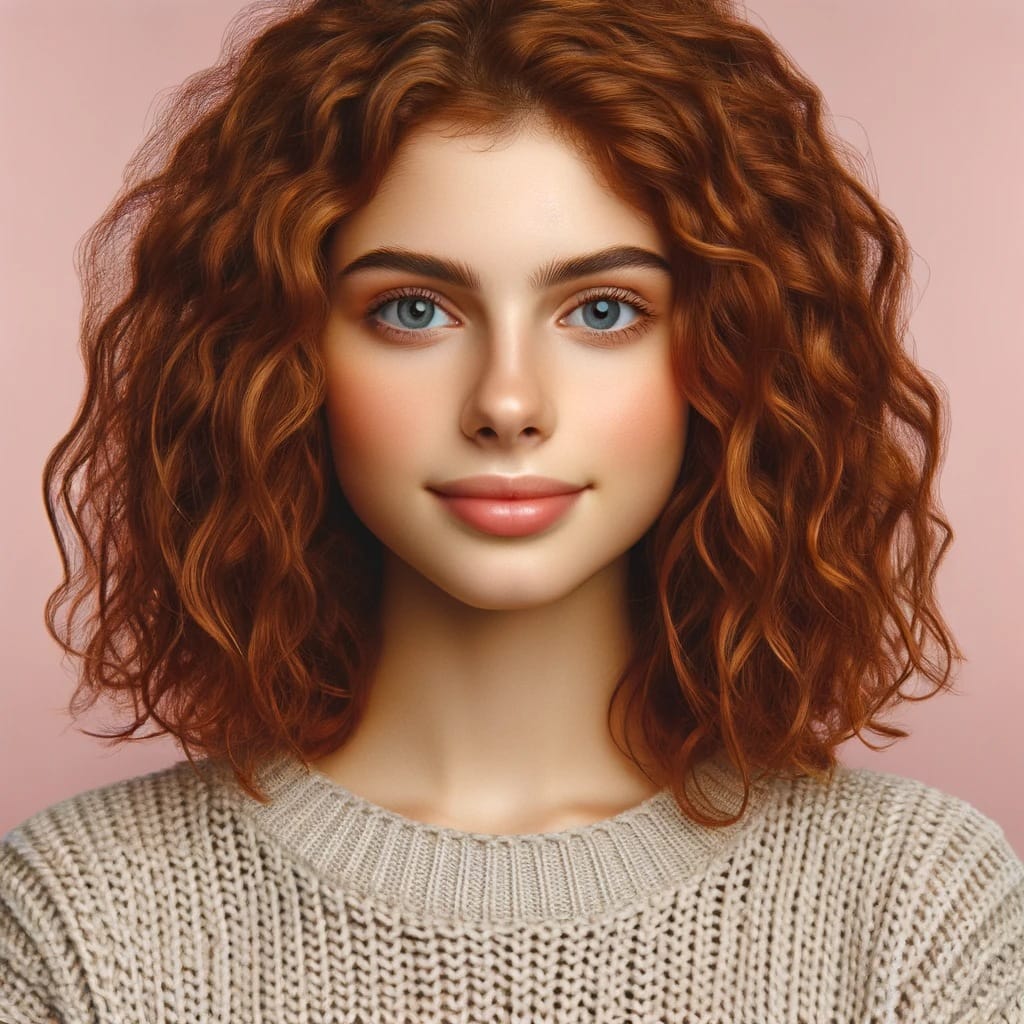Delve into the artful integration of botanical elements in modern interior decor, showcasing how plants can become central design pieces in contemporary spaces.
In the realm of contemporary interior design, plants have transcended their traditional role as mere decorative accents. They have become integral components that define space, enhance aesthetics, and promote well-being. The fusion of modern decor with lush greenery creates environments that are not only visually stunning but also imbued with life and vitality. This article explores the innovative ways in which plants are being incorporated into modern interiors, transforming them into living, breathing spaces.

Plants as Central Design Elements
Modern decor embraces simplicity, clean lines, and functional beauty. Integrating plants into this aesthetic requires thoughtful placement and selection to ensure they complement and enhance the design rather than clutter it.
"Plants bring a dynamic quality to interiors," says Laura Chen, a renowned interior designer at GreenLeaf Studios. "They introduce organic shapes and textures that contrast beautifully with modern materials like metal and glass."
Statement Plants
Large, bold plants like the fiddle-leaf fig or the monstera deliciosa serve as striking focal points in a room. Placed strategically, they draw the eye and add height and dimension to the space.
Interior designer Michael Nguyen shares his approach: "I often use statement plants in minimalist settings to create a visual anchor. Their sculptural forms can define areas within an open floor plan without the need for walls or partitions."
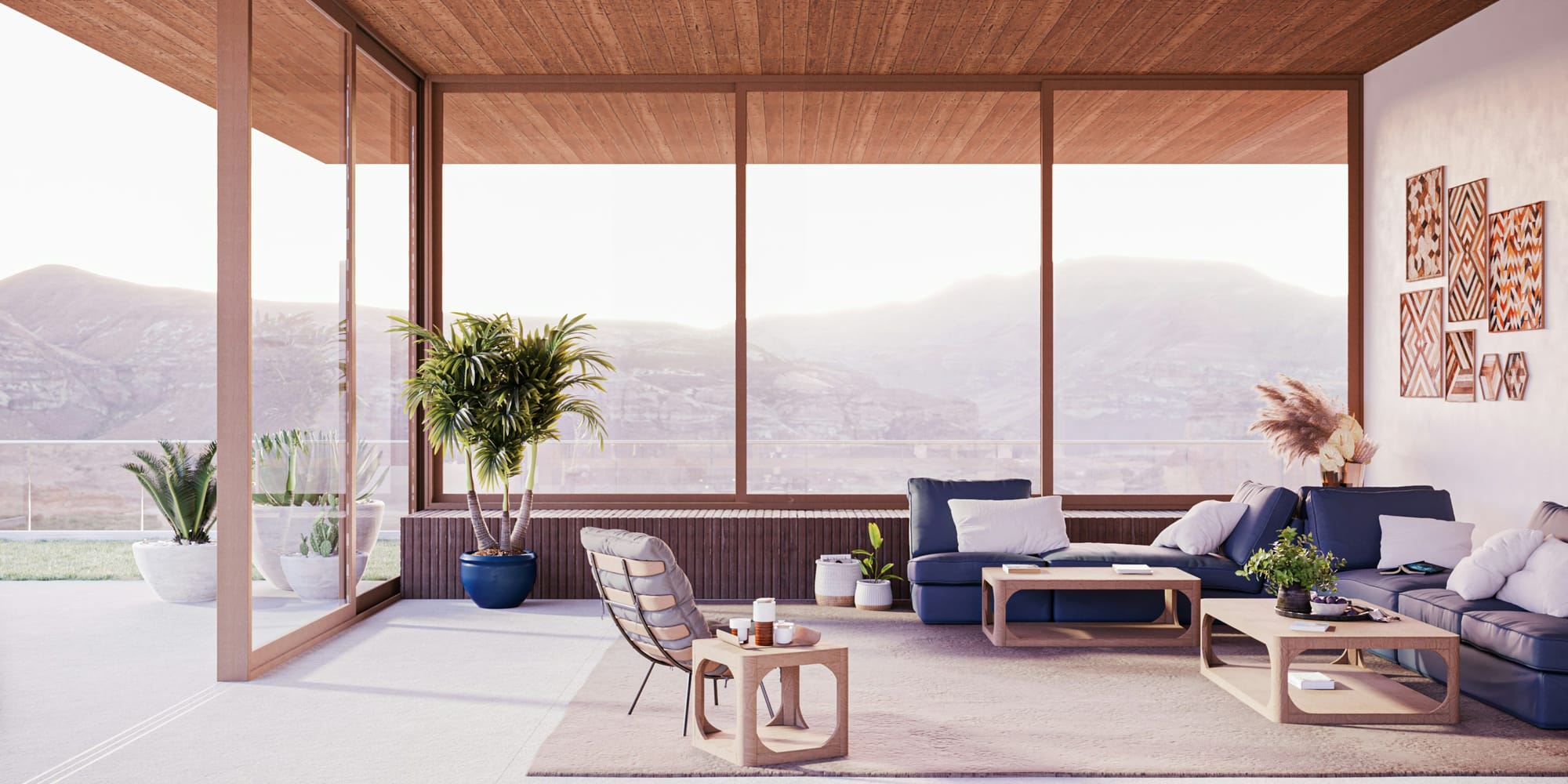
Green Walls and Vertical Gardens
Vertical gardens transform blank walls into vibrant works of art. These installations can range from simple arrangements of wall-mounted planters to sophisticated systems with automated irrigation.
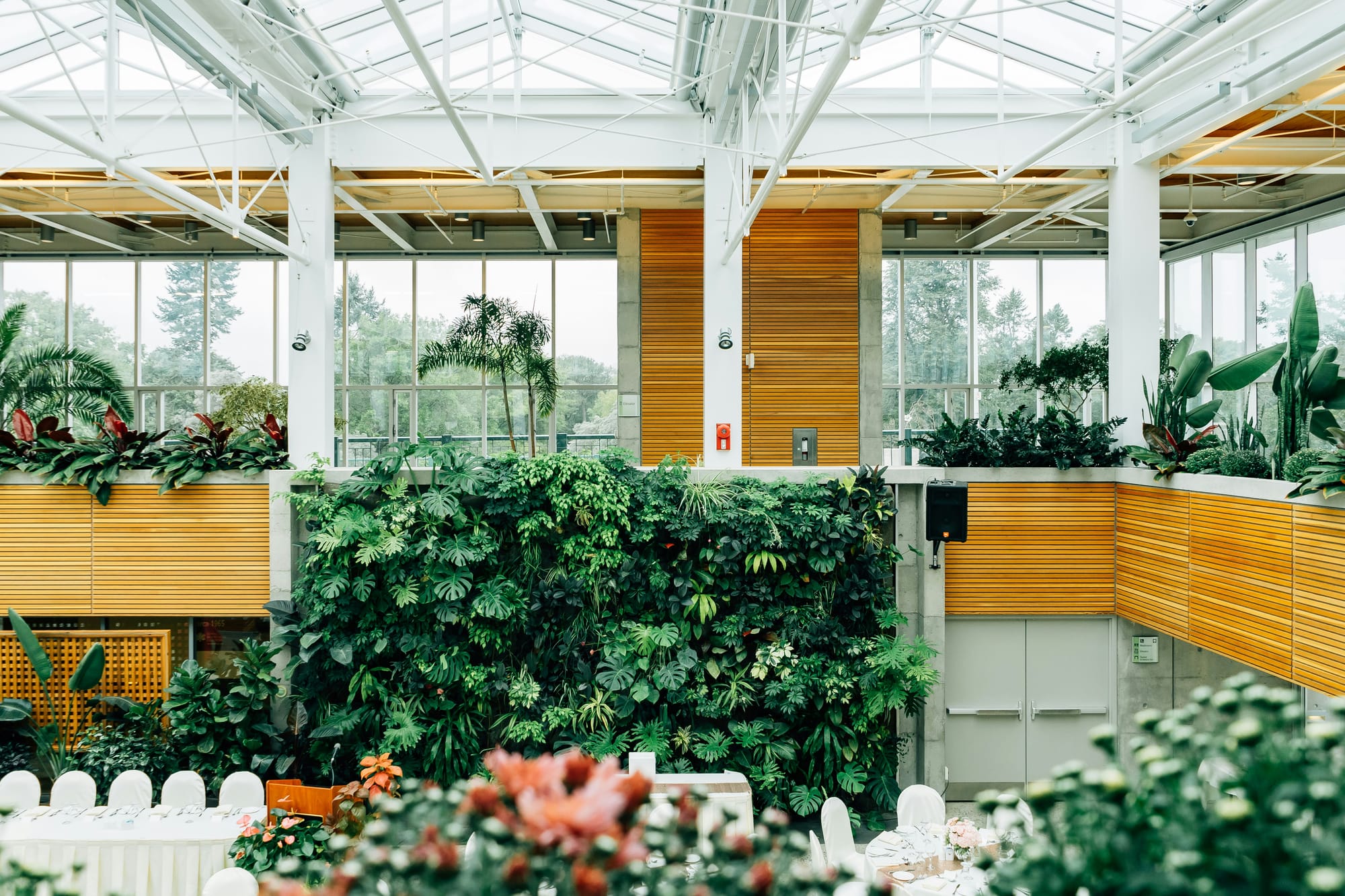
"Vertical gardens are perfect for urban dwellings with limited floor space," explains Sofia Martinez, founder of Urban Jungle Design. "They maximize greenery without encroaching on living areas, and they create a lush backdrop that softens hard architectural lines."
Suspended Plants
Hanging plants add a layer of interest at varying eye levels. Using ceiling-mounted planters or macramé hangers, designers suspend plants like trailing pothos or string of pearls to create a cascading effect.
"Suspended plants are a great way to introduce greenery without sacrificing surface space," notes Lisa Thompson, an interior stylist. "They also draw the eye upward, emphasizing the room's verticality."
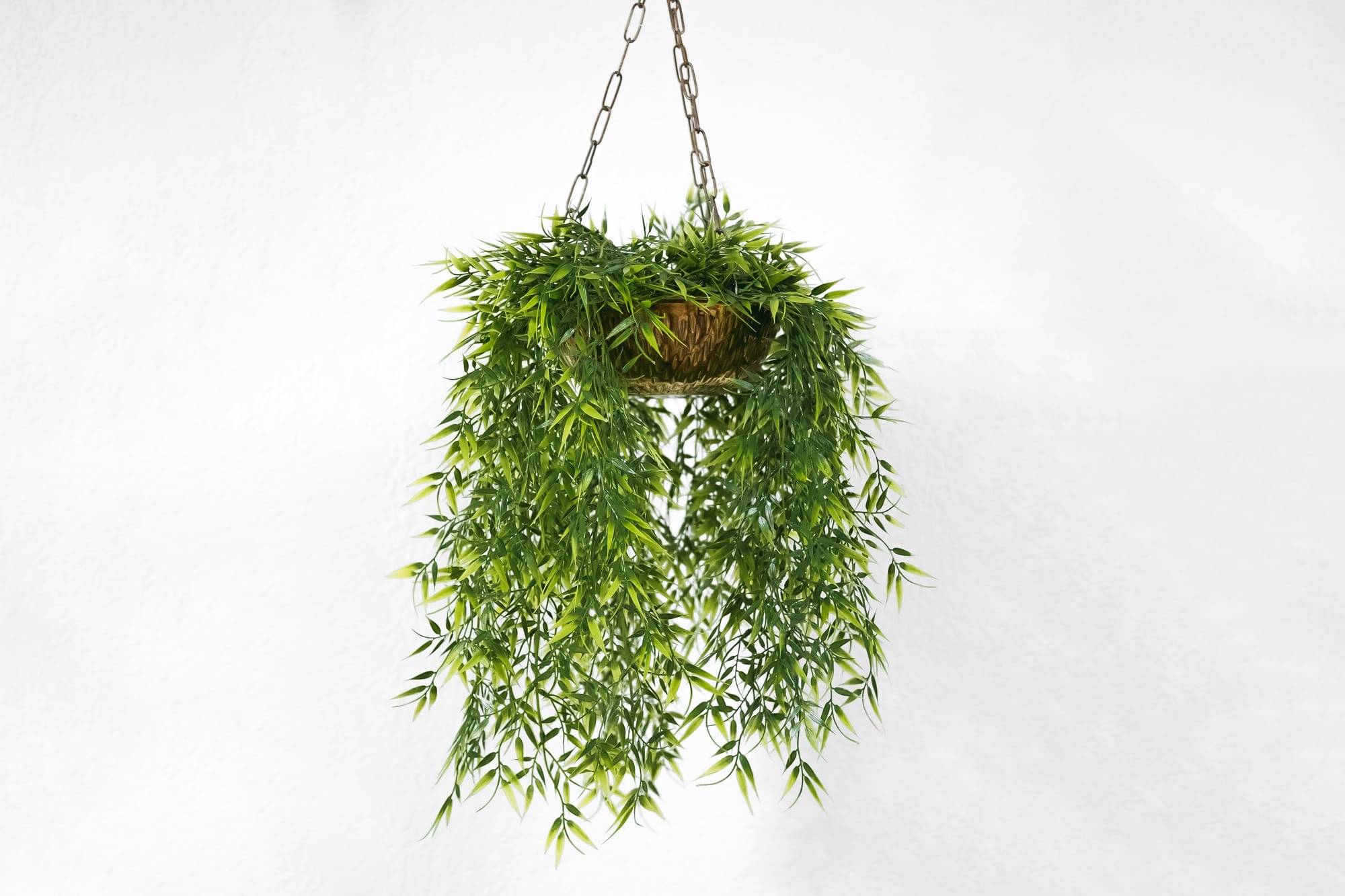
Harmonizing Plants with Modern Materials
The integration of plants into modern decor involves a careful balance between organic and inorganic elements. The choice of planters, supports, and complementary furnishings plays a crucial role.
Minimalist Planters
Sleek, minimalist planters made of materials like concrete, ceramic, or metal align with modern aesthetics. Their simple shapes and neutral colors allow the plants to take center stage.
"Selecting the right planter is just as important as choosing the plant itself," emphasizes Maria Gonzalez, a product designer. "A minimalist planter provides a clean silhouette that enhances the plant's form without distraction."
Contrast and Texture
Pairing plants with modern materials creates visual contrast that enhances the overall design. A rough-hewn wooden shelf displaying a collection of succulents adds warmth to a room dominated by glass and steel.
"Texture is key in modern interiors," says Alex Reed, an architect and interior designer. "Plants introduce natural textures that contrast with smooth surfaces, adding depth and interest."
Integration with Smart Home Features
Incorporating plants into spaces equipped with smart technology requires innovative solutions. Self-watering planters and smart irrigation systems ensure that plants thrive with minimal maintenance.
"Technology and nature don't have to be at odds," remarks Emma Johnson, a smart home consultant. "Integrating automated care systems allows homeowners to enjoy the benefits of indoor plants without the hassle."
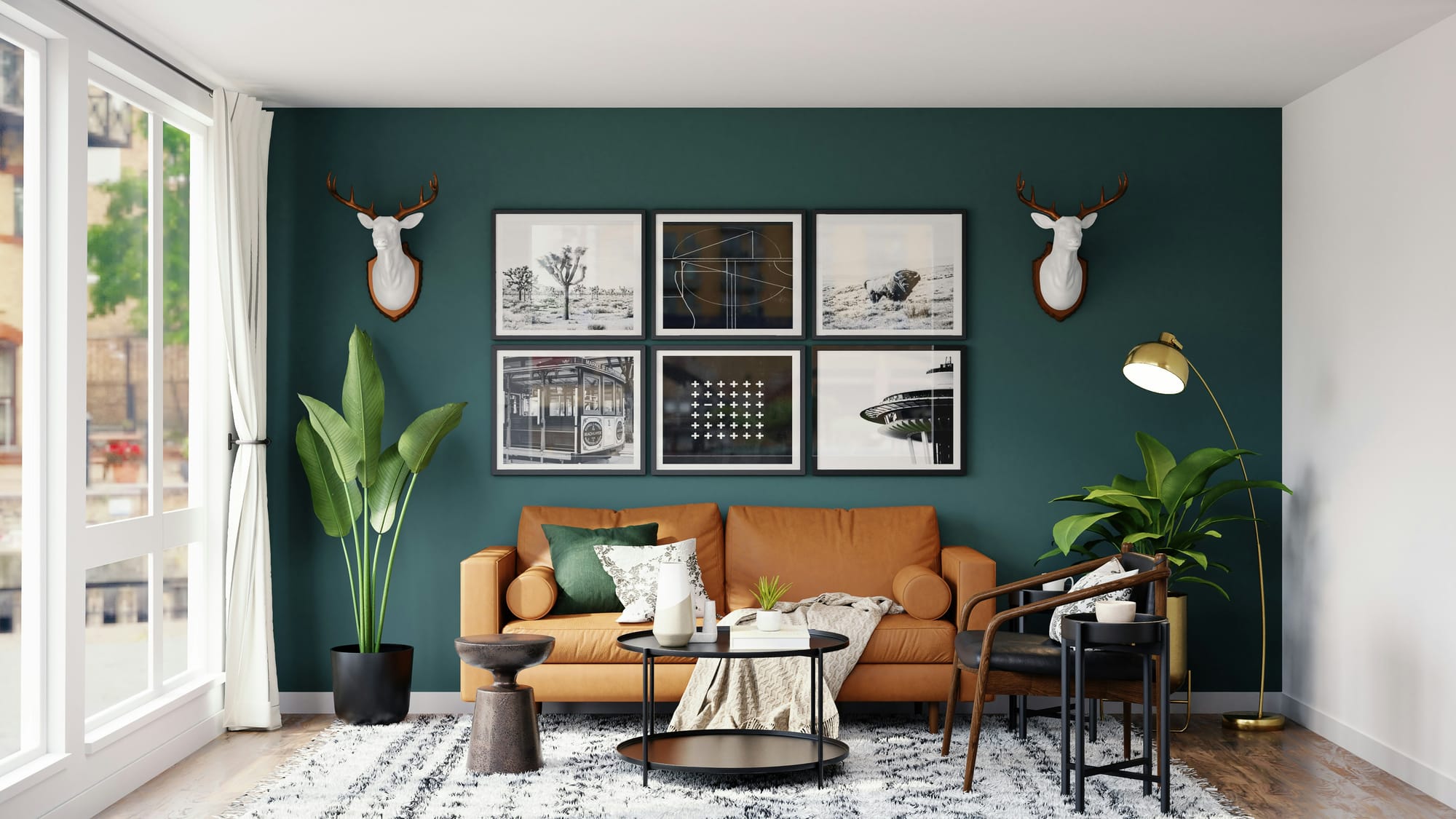
Benefits Beyond Aesthetics
The inclusion of plants in modern decor offers advantages that extend beyond visual appeal. Plants improve air quality, reduce stress, and enhance the overall ambiance of a space.
Enhanced Well-being
"Biophilic design principles tell us that incorporating nature into our environments positively impacts our health," explains Dr. Rachel Lee, an environmental psychologist. "Plants can reduce stress levels, improve concentration, and even boost mood."
Acoustic Improvement
Plants can help absorb sound, reducing ambient noise in open-plan spaces. Large foliage and green walls act as natural sound dampeners.
"In corporate settings, we've seen plants used effectively to create quieter, more focused work areas," notes John Stevens, a workplace strategist.
Environmental Impact
Using plants in decor contributes to sustainability efforts. They can regulate humidity, filter pollutants, and even contribute to energy efficiency by providing shade and cooling effects.
"Integrating plants is part of a holistic approach to sustainable design," asserts Lisa Chen, a sustainability consultant. "It's about creating spaces that are healthier for both people and the planet."
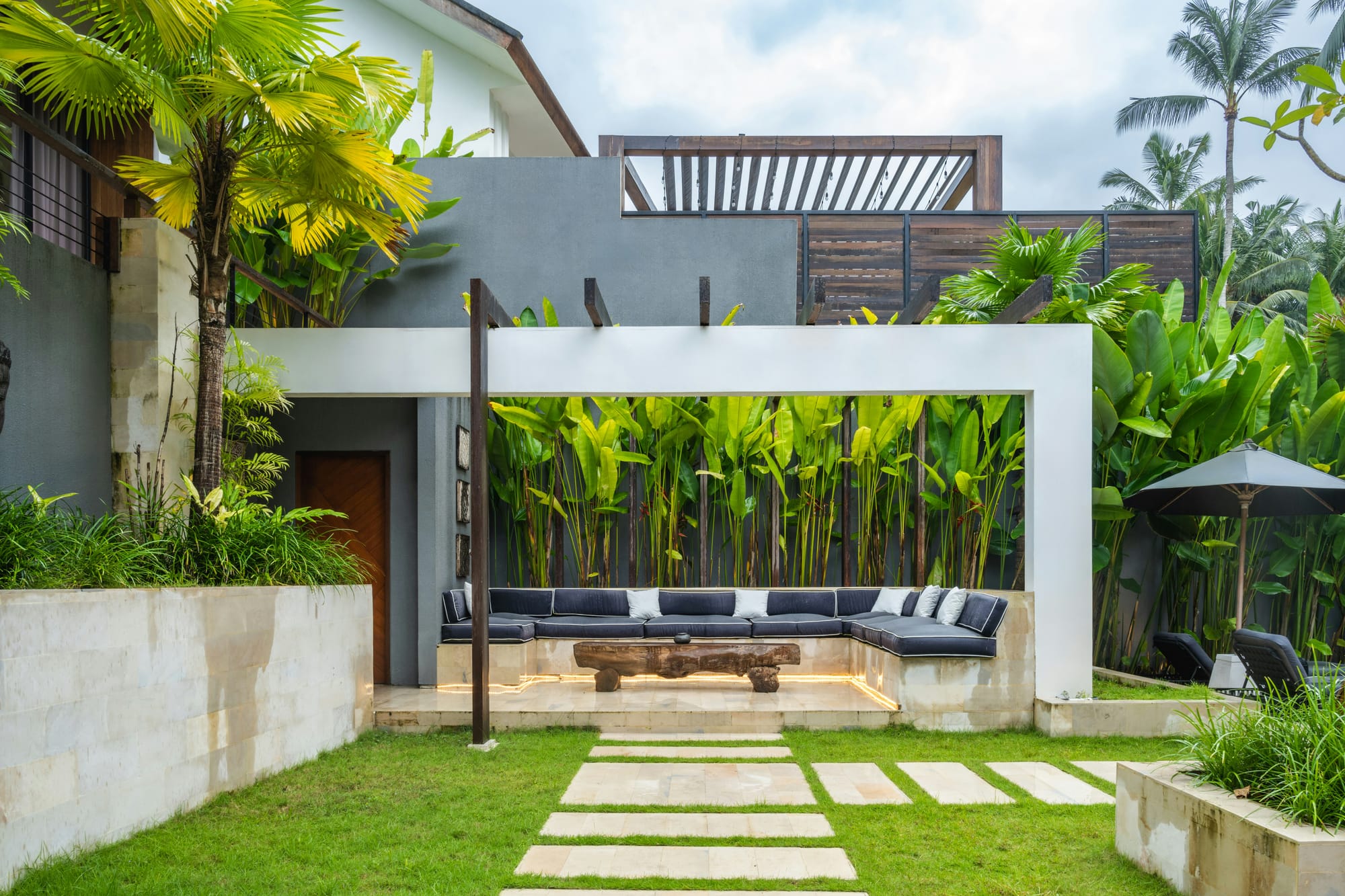
Tips for Successfully Integrating Plants
For those looking to incorporate plants into their modern decor, experts offer practical advice:
- Assess Light Conditions: Choose plants that are suitable for the lighting available in your space to ensure they thrive.
- Consider Scale and Proportion: Select plants and planters that complement the size of your room and furnishings.
- Maintenance Matters: Be realistic about the level of care you're willing to provide. Low-maintenance plants like snake plants or ZZ plants are ideal for busy individuals.
- Groupings and Arrangements: Create visual interest by grouping plants of varying heights and textures.
- Experiment with Placement: Don't be afraid to try plants in unexpected places, such as bathrooms or entryways, to add surprise elements.
"Integrating plants should be a joyful process," encourages Maria Gonzalez. "It's an opportunity to personalize your space and create an environment that reflects your connection with nature."
Conclusion
The artful integration of plants in modern decor is more than a design trend; it's a movement towards creating harmonious living spaces that nurture both the inhabitants and the environment. By thoughtfully incorporating botanical elements, designers and homeowners alike can transform interiors into vibrant, life-enhancing spaces.

